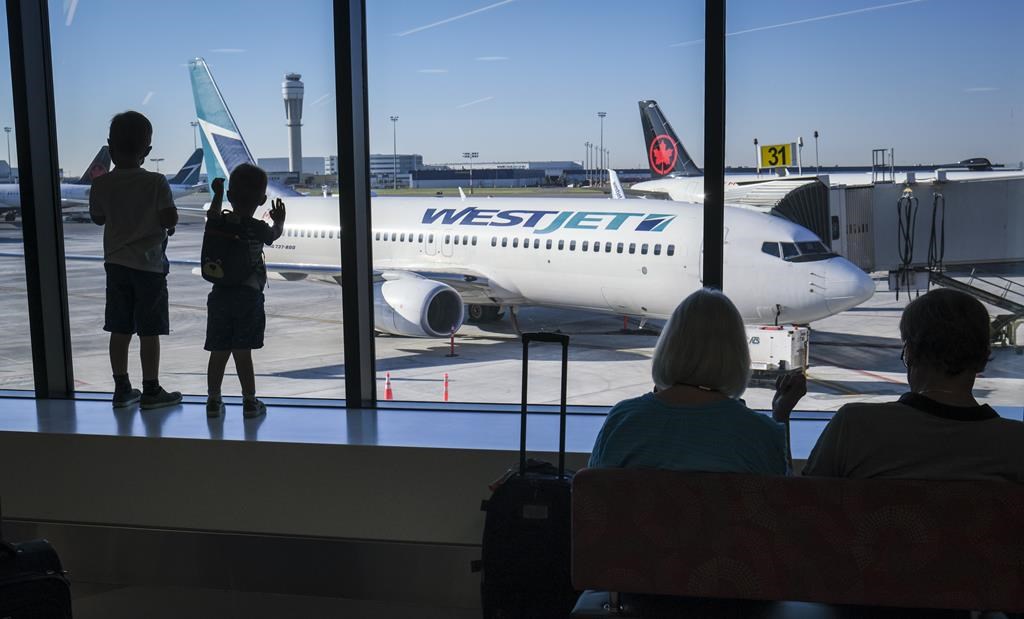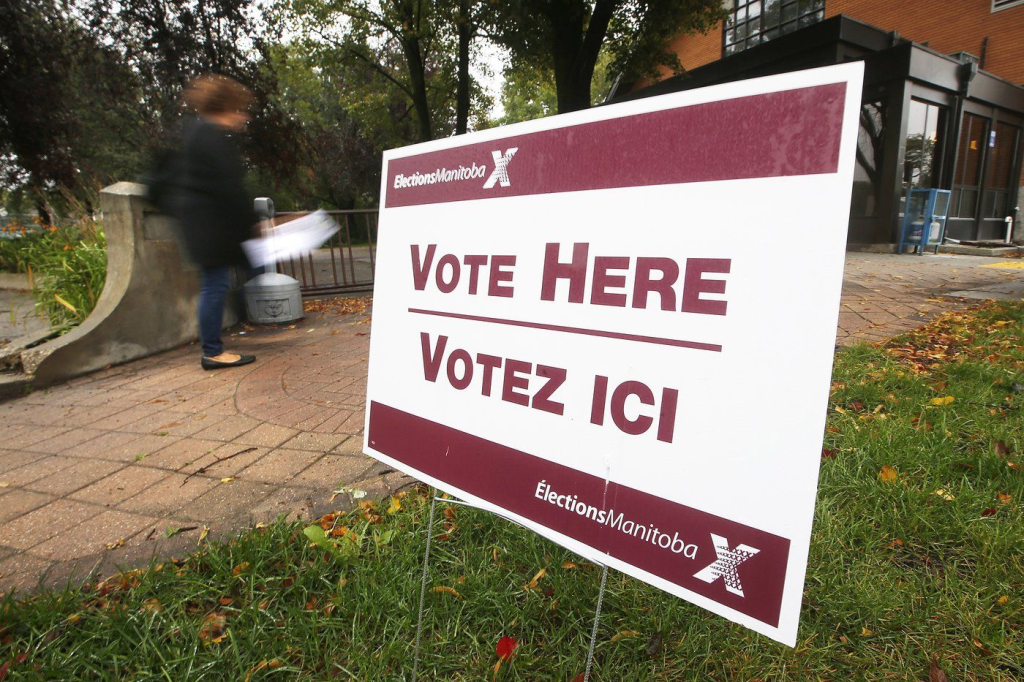Canadian airline market on path to consolidation, raising risk of higher fares

Posted March 13, 2024 11:59 am.
After entertaining new entrants for several years, Canada’s airline market is once again on the path to consolidation, raising the likelihood of higher fares and fewer flight options.
Since May, newer low-cost carriers Swoop and Lynx Air have disappeared from the skies and WestJet has scooped up Sunwing Airlines.
The latter two alone made up 37 per cent of seat capacity on direct flights to sun destinations and 72 per cent from Western Canada last year, according to an October report from the Competition Bureau. It said eliminating the rivalry between WestJet and Sunwing would likely suppress competition around the sale of vacation packages.
Some experts warn that the shrinking airline tally could mean less service and higher prices, particularly in the West and smaller markets across the country.
High airport rents, security fees and fuel taxes raise the baseline cost of flying, making it harder for budget airlines to coax budget-conscious Canadians on board.
“The high fees certainly make it more challenging for the discount carriers,” said University of Manitoba transport institute director Barry Prentice.
The market’s decades-long domination by Air Canada and WestJet can also stifle competition, some industry players argue.
Air Canada and WestJet command 79 per cent of domestic traffic as of this month versus 74 per cent a year earlier, statistics from aviation data firm Cirium show.
“The natural behaviour of the duopoly is to use their power to squeeze the pricing out of the smaller players,” said Flair Airlines CEO Stephen Jones.
“There is no interest by the big carriers in having low-cost carriers succeed, and they’ll use the tools that they’ve got in the toolkit to try and bring carriers like Lynx to an end,” he claimed.
In late 2018, the Competition Bureau opened an investigation into predatory pricing tactics allegedly deployed by WestJet and its then subsidiary Swoop on some routes flown by Flair, which had launched the previous year.
The regulator wound down its probe roughly five years later without taking further steps. The decision came despite then interim competition commissioner Matthew Boswell accusing WestJet and Swoop in 2018 of “engaging in … predatory pricing by significantly decreasing the prices of their passenger tickets to a level that appears to be below their avoidable costs.”
Lynx, which launched its first flight in April 2022 and shut down last month, said in court filings that rising costs, airports charges and “a competitive aviation landscape have proved disastrous” to generating sufficient revenue.
Other factors pose a challenge to young upstarts looking to expand, rather than consolidate, Canada’s aviation skyscape.
A lack of big, secondary airports in large cities can also force smaller airlines to bid for the higher-priced slots at Toronto’s Pearson and Montreal’s Trudeau airports. Executives have long complained about amounts charged for gate and landing fees as well as federal agency expenses such as security screening and air navigation.
Meanwhile, the age-old problem of a vast, sparsely populated geography creates unique challenges for all carriers in Canada, but especially those struggling to get off the ground.
In the U.S., older discount carriers such as Southwest Airlines and JetBlue have offered point-to-point services between larger cities and markets over relatively short distances. The goal is to squeeze more revenue out of each plane with multiple trips per day and lower fuel costs, with customers able to endure the tight quarters due to the quicker trips.
In Canada, however, the number of sizable urban areas is much smaller, with major players already present in the more lucrative ones.








